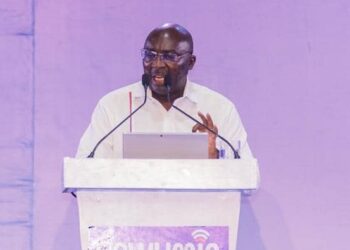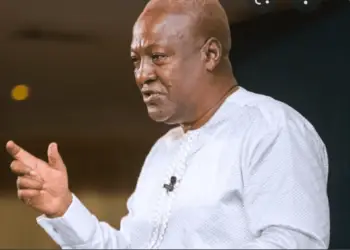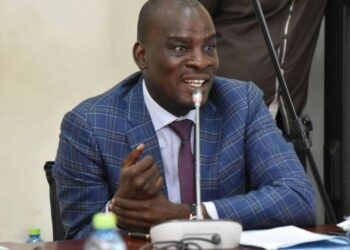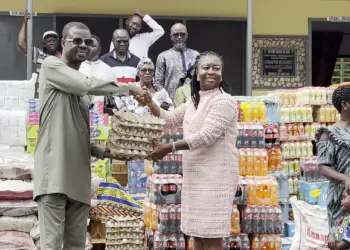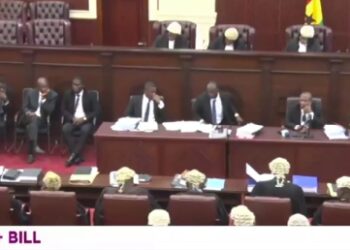Erastus Asare Donkor, a Journalist with the Multimedia Group in Kumasi in the Ashanti Region, has said he saw a total of seven military personnel who engaged in the shooting that left two protesters dead and four others injured in the Ejura disturbances.
He made this known when he appeared before the three-member ministerial committee investigating the issue.
Mr. Asare Donkor further added that the military initially started firing warning shots into the air, but later changed the direction and fired directly into the protesters.
When asked about how long the shooting lasted, Mr. Asare Donkor said it went on for about 20 to 30 minutes.
“I saw seven military personnel who engaged in the shooting during the protest. Four came first, and later another three joined them.”
“The military initially started firing into the cloud, but later started firing into the protesters and some started falling and others retreating. The shooting went on for about 20 to 30 minutes.”
The Multimedia Media journalist also disclosed that one of the persons who died from the incident was very helpful to him and his team.
According to him, the protesters initially opposed them filming the protest, but Nasiru Yussif, one of the two protesters who died, spoke to the demonstrators in Hausa who allowed them to film.
“When we got to the scene, the youth were angry, and so they told us not to film what was happening, but one of the protesters, now deceased, Nasiru Yussif, spoke to them in Hausa, and they calmed down. So he and another guy formed a ring around us, so we could perform our duties. He was very active, following us wherever we went.”
“So they now allowed us to film the demonstration. Some of them were holding sticks, others having knives, and others also wielding machetes. Some of them were also angrily chanting their anger at the death of Kaaka. Nasiru directed which path to go. At a point, he directed us to a storey building from which we could film.”
When he quizzed as to how he would rate the actions of the military on the day, he said military personnel could have been a bit considerate.
Ejura Committee: Regional Minister refuses to name informant on ‘plot’ to burn police station
Erastus Asare Donkor was the second witness to appear before the committee after the Ashanti Regional Minister, Simon Osei-Mensah, who refused pleas by the committee to disclose the identity of his informant who he claims had told him of a plot by the angry youth to set the District Police Station ablaze.
About the Ejura disturbances
The violence occurred during protests that followed the death of a social media activist, Ibrahim Muhammed.
Ibrahim Muhammed, alias Kaaka, died after he was attacked by a mob on June 27 while returning home.
He’s believed to have been killed because he was critical of the government.
The 45-year-old was noted to be vocal on both local and national issues using his Facebook page.
Police in the Ashanti Region have since arrested three persons in connection with his death, including his brother, and put them before the court.
Ibrahim Muhammed was buried on Tuesday, June 29, 2021, alongside the two others who died in the protest.
Meanwhile, one of the four persons who also sustained gunshot wounds, a sixteen-year-old boy, has had one of his legs amputated at the Komfo Anokye Teaching Hospital.
Military brutalities
There have been growing concerns about the use of the military for civil events that ordinarily should be handled by the police.
The incidents that have angered many include the killing of some Ghanaians during the 2020 election, the invasion of Parliament by soldiers, the latest killing of two persons, and the injuring of four others who were protesting at Ejura in the Ashanti Region.
The brutalization of some residents of the Upper West Region in Wa by some soldiers over a supposed stolen phone has also been widely condemned.
Source: citinewsroom.com
Send your news stories to dannyboy744@gmail.com and via WhatsApp on +233 266777777



